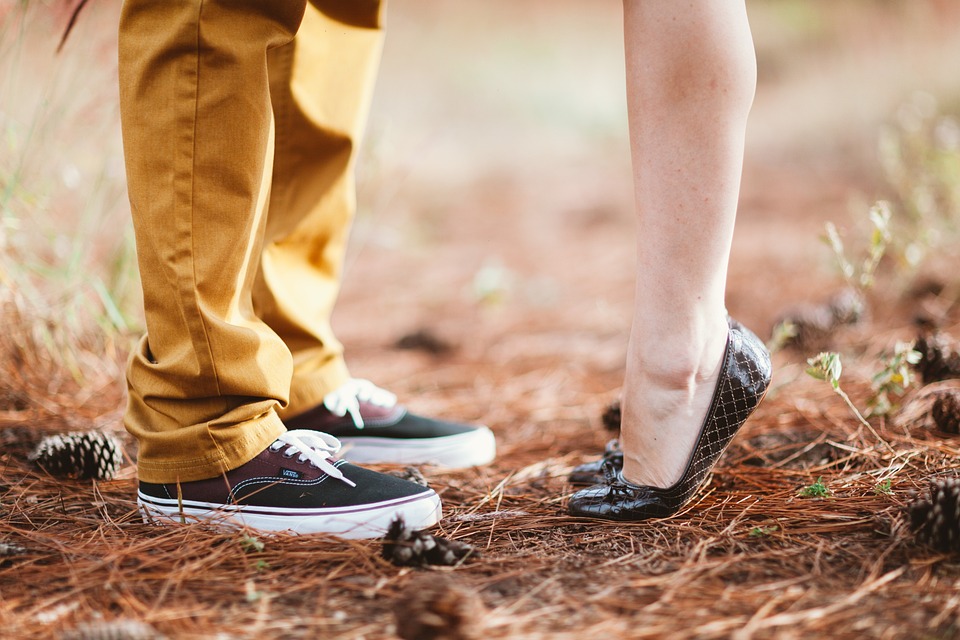Many people have asked me about Celtic hairstyles for both men and women. They want to know about everyday life and what they looked like.
Celtic Soap – The Romans note that the Celts were very concerned with their bathing and grooming habits. They smelled great, we know they wash their hands and faces with soap in the morning, and also take a full shower with soap in the evening. After that they applied oil with fragrant herbs to their skin. In the Brion Laws, there is a clear description of the time when the “security” elite warriors have to take a shower as well as wash baby hot dogs every day. The brat was almost a kind of cloak from the religious rites of the faith. It is said that it was the Celts who introduced soap to the Romans who used oil and sticks to scrape off dirt before.
Celtic Hands – In Ireland, people in the hierarchy had to keep their nails clean. Warriors were considered hierarchical and would feel shame if he kept his nails trimmed. Women sometimes dye their nails scarlet as we see in the story of Deirdre who makes the statement that crunching her nails indicates happy occasions and so she will no longer do this when some boys die.
Celtic facial and body hair and makeup – Celts sometimes make up with or without a beard or moustache, depending on the tribe and location. Some soldiers and the Celtic lower class had mustaches, often curled at the ends, but without a beard until the medieval period. Beards were often forked – very few Irish artwork shows beards that are not forked, instead with a square cut at the bottom. Other beard styles show a single long beard at the chin, sometimes with a square cut at the bottom.
Notable people were either clean-shaven, or had a beard and mustache. The mustache later became known to the aristocracy and was worn on its own, which continued until the medieval period. Diodorus of Sicily – “The noble shave their cheeks, but let the mustache grow until it covers the mouth.” As said, there are several tribes so it all depends on the region. Caesar noted that the Celts shaved their bodies, except for the head and upper lip.
In the legends we can see many things that they did, but one must read a lot to find these gems. For example – berry juice, sometimes used for black eyebrow ladies. Irish missionary monks were also known to paint or stain their eyelids black. The cheeks were flushed with a plant called “roam” – it could be an alder berry but it is not known. It is not clear if both men and women blushed.
Celtic hair was long according to caesar and a few other sources by free chapters and for both men and women – irish artwork.
On the other hand, the warriors – (Roman sculpture of a “dying Gaul” and soldier from the Book of Kells), have bowl-like hair cut off, higher in the back and longer above the eyes. The cut is very similar to the ‘flattering’ style worn by soldiers in late medieval Ireland. Warrior soldiers and lower-class men wore long mustaches without a beard. One of the tests of membership for joining some elite group of warriors was that the candidate had to run through a forest, entirely hunted by the Fianna, without a braid of his hair loose by the branches.
Sometimes, on this occasion, they wore their hair in many elaborate braids and braids which they adorned with feathers, gold balls, silver or bronze ribbons, thin elastic gold plates, or golden balls, and other ornaments pinned into their hair. In Tain Bo Culaigne, a beautiful woman wears three braids of hair wrapped around her head, with the fourth hanging down from her back to her ankles. One of the tests for membership in the warrior class was that the candidate had to run through a forest, pursued by the entire warrior squad, without branches removing his plait.
The ancient Celts had a unique poetry style that caught the attention of many classical authors.
Diodorus of Sicily – says that the Celts were tall and muscular, with pale skin and blond hair that was artificially highlighted by washing it with lemon water. Then they gather it again from the forehead up to the top of the head and down to the nape of the neck… Thus the hair becomes so heavy and coarse that it looks like the mane of horses. They can consider a unicorn or a horse as their mother.
Irish texts refer to hair so long and coarse that it could cause an apple to fall. The Irish heroic deity CuChulainn is described in this way, and it is added that his hair was of three colours, darkest near the scalp and lighter at the end. If it’s the Hound constellation, we can see faint stars, or it could be a reference to the bleaching technique they learned.
*Note – the Celts have always nursed their children to other clans for study. Soap is not proven but most say the Celts invented it or brought it to Europe.
The above information I got from descriptions of stories of Welsh and Irish mythology, both classical and early Irish sources, as well as images in Irish artwork by authors as different as Joyce and Beresford and both Matthews and Marcalli.
